news / electric-car-audio-evolution
The Rise of Electric Car Soundscapes: Engineering the Future of Silent Roads
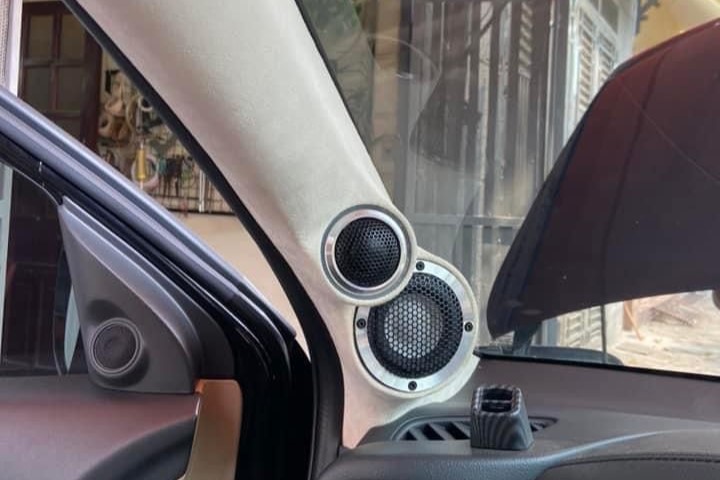
As electric vehicles (EVs) dominate the automotive market, the role of sound design has shifted dramatically. This article explores how car manufacturers are using artificial soundscapes to enhance safety, define brand identity, and transform the driving experience.
"Conclusion
Electric vehicles may be silent, but their potential to redefine how we experience sound is anything but quiet. By merging safety, technology, and artistry, EV soundscapes are paving the way for a more immersive and thoughtful driving experience. As manufacturers continue to innovate, the road ahead promises not only to be cleaner but also richer in sound and emotion.
The future isn’t just electric—it’s symphonic.
Categories
- Automotive Innovation: Explore cutting-edge trends in the car industry.
- Sound Design: Learn how audio engineering is transforming transportation.
- Sustainability: Understand the environmental impact of EV technologies.
- Technology and Art: Discover the creative intersection of sound and science.
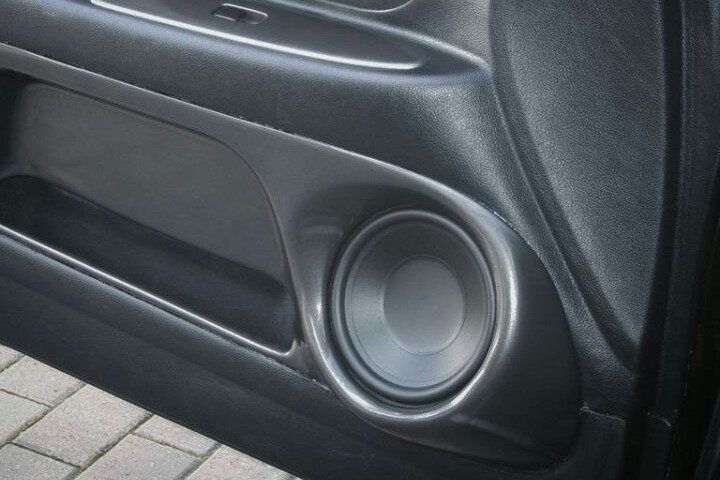
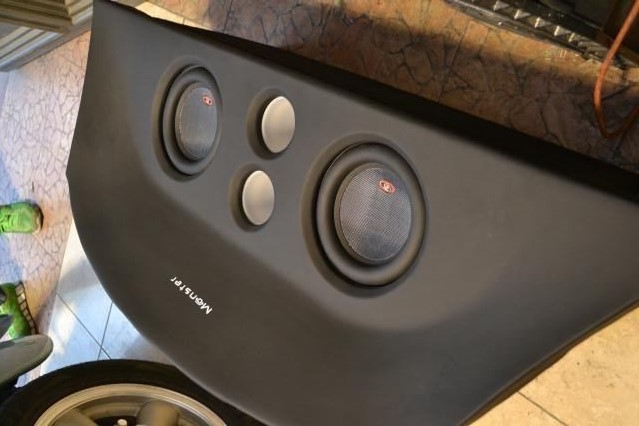
The Rise of Electric Car Soundscapes: Engineering the Future of Silent Roads
Introduction
Electric vehicles (EVs) are transforming the automotive landscape with their promise of sustainability, efficiency, and innovation. Yet, one defining characteristic of EVs has proven both a challenge and an opportunity—their silence. Unlike the rumble of traditional internal combustion engines, EVs glide almost noiselessly, posing questions about pedestrian safety, driver experience, and brand identity.
To address these concerns, automakers are crafting artificial soundscapes that blend technology, art, and psychology. This article delves into the fascinating world of EV sound design, revealing how it’s shaping the future of transportation.
Why Silence is a Challenge
Safety Concerns:
- The lack of engine noise makes EVs harder for pedestrians, cyclists, and visually impaired individuals to detect.
- In 2019, the EU mandated that all EVs emit artificial sounds at speeds below 20 km/h for safety.
Psychological Impact:
- Sound plays a crucial role in how drivers perceive speed and power.
- Without auditory feedback, some drivers feel disconnected from the vehicle.
Brand Identity:
- Traditional car brands often rely on engine sounds to reinforce their identity—think of the iconic roar of a Ferrari or the deep growl of a Harley-Davidson. EVs require a new approach to branding through sound.
Crafting the Perfect Electric Soundscape
Designing sounds for EVs is both an art and a science. Here's how manufacturers are tackling the challenge:
Collaboration with Composers:
- Companies like BMW and Audi have hired renowned composers to create unique soundtracks for their EVs.
- Hans Zimmer, the legendary film composer, collaborated with BMW to design sounds for their electric models.
Dynamic Sound Design:
- EVs are now equipped with systems that modulate sound based on speed, acceleration, and driving mode.
- For example, a sport mode might feature more aggressive, futuristic tones, while eco mode might use softer, soothing sounds.
Blending Technology and Emotion:
- Engineers use complex algorithms and acoustic modeling to craft sounds that are pleasing yet functional.
- These sounds must evoke emotion while remaining non-intrusive.
Examples of EV Sound Innovations
Tesla’s Boombox Mode:
- Tesla allows users to customize external sounds, from sci-fi hums to novelty noises, blending personalization with functionality.
Porsche Taycan’s Futuristic Notes:
- The Taycan emits a space-age sound that reflects its high-tech, high-performance image.
Hyundai Ioniq 5’s Calm Resonance:
- Hyundai's electric SUV features serene, melodic sounds designed to create a relaxing driving experience.
Future Trends in EV Sound Design
Personalized Sound Profiles:
- Drivers may soon be able to download or create their own soundscapes, tailoring the auditory experience to their preferences.
Adaptive Acoustic Environments:
- AI-powered systems will analyze driving conditions, weather, and surroundings to adjust sounds in real time.
Augmented Reality (AR) Sounds:
- Pairing soundscapes with AR windshields will offer contextual audio cues, such as navigation prompts or hazard alerts.
Sustainable Sound Engineering:
- Automakers are exploring ways to create sounds inspired by nature, aligning with the eco-friendly ethos of EVs.
Impact Beyond Cars
The rise of EV soundscapes isn’t just limited to vehicles; it has implications for urban environments and public spaces:
Urban Soundscapes:
Cities could incorporate EV sound design into public spaces, creating harmonious urban sound environments.
Public Transportation:
Electric buses and trains can use soundscapes to enhance passenger experience while maintaining safety.
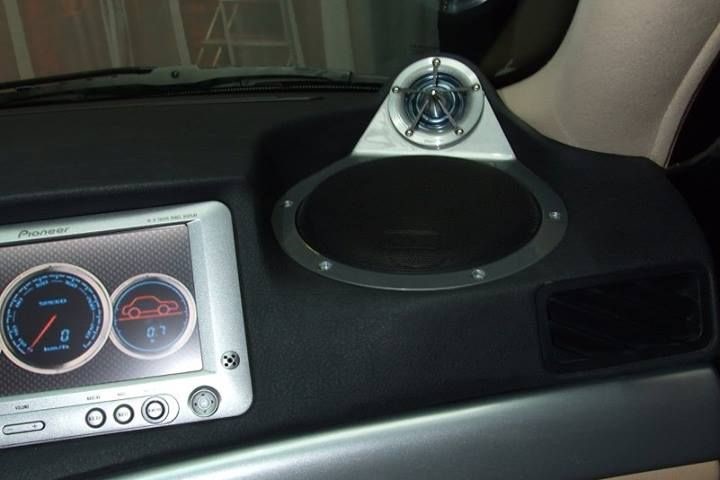
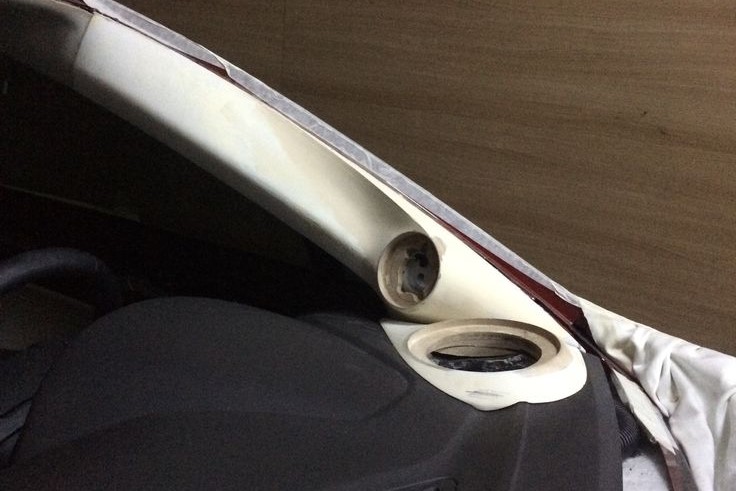
contact with us
stay in touch
-
Orientation Vision
Development Manager
+49 30 12345678
info@vwalker.de -
Business Strategy
Marketing Specialist
+49 89 98765432
Marketing@vwalker.de -
Technical support
Audio Engineer
+49 40 11223344
AudioEngineer@vwalker.de


